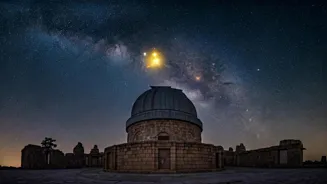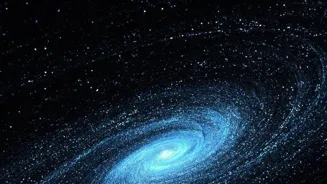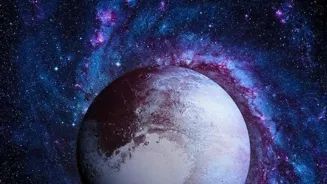Unveiling the Universe: Stars as Cosmic Clocks. Dive into how stars mark time and reveal cosmic secrets. Discover more!
Imagine looking at the night sky and seeing not just twinkling lights, but cosmic
clocks ticking away, marking the passage of time across the vast universe. Well, that's precisely what astronomers do!
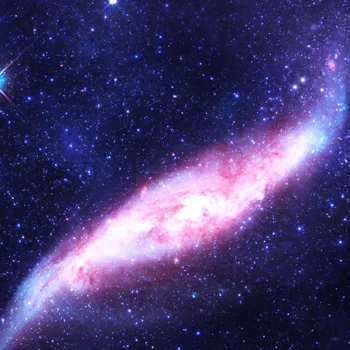
They use stars, particularly certain types of stars with predictable behaviors, as incredibly accurate timekeepers. These celestial clocks help us understand the age of the universe, the distances to faraway galaxies, and even the evolution of stars themselves.
It's like having a universal GPS, but instead of relying on satellites, we rely on the stars above. The ability to measure time across the cosmos is fundamental to understanding our place in it and unlocking the secrets of the universe's history. It is a wonderful field of study.
Cepheid variables help measure cosmic distances accurately
One of the most reliable cosmic clocks is a type of star called a Cepheid variable. These stars have a special property: their brightness varies in a regular, predictable pattern, pulsating like a cosmic heartbeat.
The time it takes for a Cepheid to go from its brightest to its dimmest and back again is directly related to its intrinsic luminosity or true brightness. Here's the magic: by measuring the pulsation period of a Cepheid, astronomers can determine its true brightness.
Then, by comparing the true brightness with how bright it appears from Earth, they can calculate the distance to the star. This relationship, discovered by Henrietta Leavitt over a century ago, is a cornerstone of modern astronomy. The Cepheid stars are a wonderful gift from nature and our cosmos.
Cepheids: Bright stars aiding in measuring cosmic distances
Think of it like this: if you know how bright a light bulb is supposed to be, and you see it looking dimmer than expected, you can estimate how far away it is. Cepheids allow astronomers to measure distances to galaxies far beyond our own Milky Way.
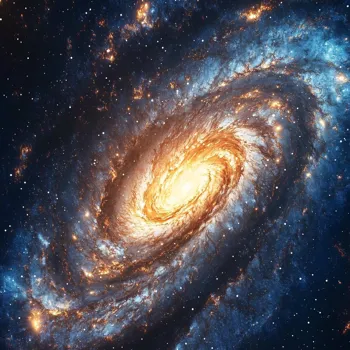
These stars are bright enough to be seen in distant galaxies, acting as cosmic milestones that help us map the universe's structure. Without this, we will be unable to observe the expansion of our large universe. They have helped us understand the universe.
Studying the behaviour of the Cepheid stars helps to unravel the secrets of our universe.
Type Ia supernovae: cosmic clocks used to measure vast distances in space
Another reliable type of cosmic clock is a Type Ia supernova. These are not your average stellar explosions; they are the spectacular deaths of white dwarf stars in binary systems. What makes them special is that they all explode with roughly the same intrinsic brightness.

This consistency allows astronomers to use them as "standard candles" to measure distances to extremely distant galaxies. When a Type Ia supernova occurs, it briefly outshines its entire galaxy, making it visible across billions of light-years.
The brightness also is predictable and we can learn more about our expanding universe.
Type Ia supernovae reveal universe's expansion with dark energy
By comparing the expected brightness of a Type Ia supernova with its observed brightness, astronomers can determine its distance. Because these supernovae are so bright, they can be seen much farther away than Cepheid variables, extending our reach deeper into the universe.
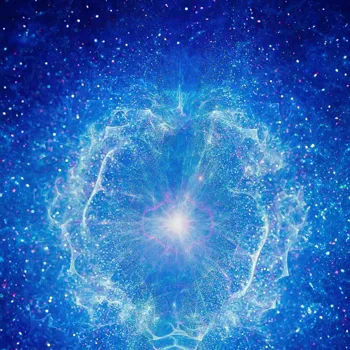
Type Ia supernovae have played a crucial role in discovering the accelerating expansion of the universe, leading to the concept of dark energy. Such supernovae have helped mankind greatly in learning about the vast space.
Globular clusters reveal cosmic time through stellar evolution
Globular clusters, dense collections of stars held together by gravity, also offer clues about cosmic time. The stars in a globular cluster formed at roughly the same time, making these clusters excellent laboratories for studying stellar evolution.
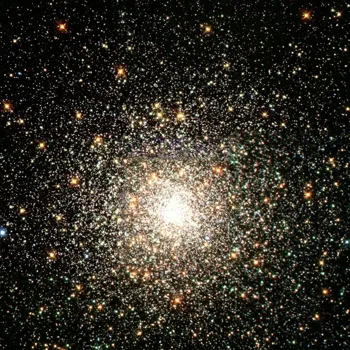
By analyzing the distribution of stars in a globular cluster's color-magnitude diagram – a plot of stellar brightness versus color – astronomers can estimate the cluster's age.
The oldest globular clusters are among the oldest objects in the universe, providing a lower limit on the age of the cosmos itself. Such information helps us to understand the cosmic environment.
AI Generated Content. Glance/InMobi shall have no liability for the content


